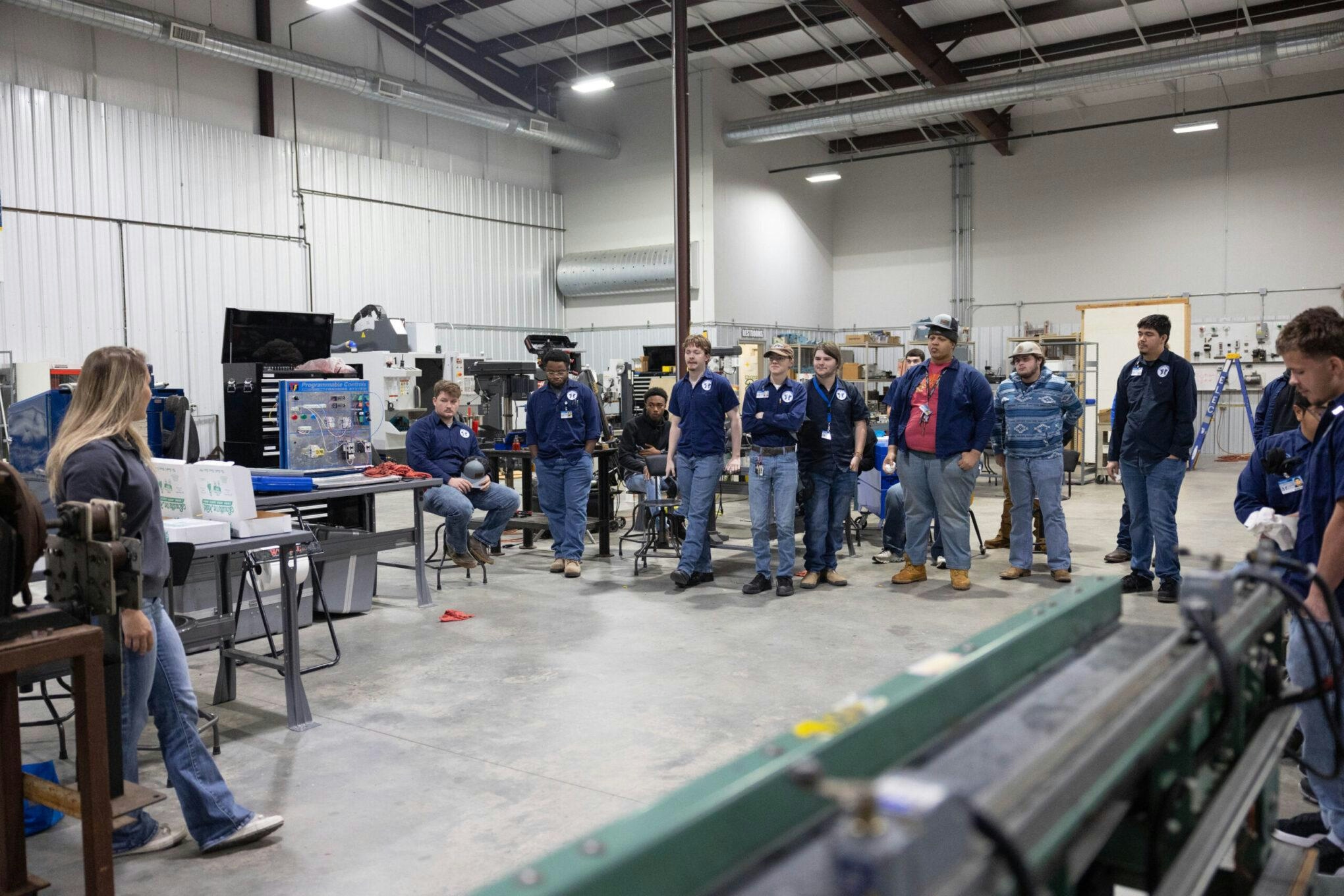
AeroGenie: Su copiloto inteligente.
Tendencias
Categories
Restoring the Bristol Hercules Engine: Progress Report

Restoring the Bristol Hercules Engine: Progress Report
Advancements in Brisbane
In Brisbane, Queensland, the meticulous restoration of Bristol Hercules engines for Beaufighter projects is progressing steadily. The initiative is led by Peter Brooke, with crucial support from Robert Greinert, whose company, Historical Aircraft Engines, provides a specialized workshop environment tailored to the demands of such intricate work. Since the last update in 2018, significant strides have been made. During a visit in October 2025, several Hercules engines were found disassembled and thoroughly evaluated in preparation for the official restoration program, underscoring the project’s forward momentum.
Technical Challenges and Innovative Solutions
The restoration of these rare sleeve-valve engines presents considerable technical challenges. A primary obstacle has been the creation of a custom assembly and alignment stand, vital for maintaining the precise alignment of the Hercules’ three-piece crankcase during reassembly. Even slight distortions can prevent the crankshaft and internal components from fitting correctly, jeopardizing the engine’s functionality. To overcome this, Peter Brooke is designing a bespoke jig and stand, while actively seeking original wartime drawings or surviving examples from Bristol or historic service depots. The team has called upon the vintage aviation community to contribute any relevant resources, emphasizing that access to authentic documentation and parts is critical to the project’s success.
While the assembly stand is under construction, Peter is diligently cataloging, cleaning, and organizing the extensive inventory of Hercules components. The current objective is to fully restore at least three engines, with the possibility of expanding to five should additional usable parts become available. Several donor engines and major subassemblies have already been secured, providing a solid foundation for the restoration efforts.
Balancing Tradition and Modern Techniques
Restoring the Bristol Hercules engine demands not only scarce specialized parts but also highly skilled labor to ensure both authenticity and operational reliability. The market for restored Hercules engines is influenced by aviation enthusiasts and collectors, whose valuation fluctuates based on the engines’ historical significance and operational potential. Meanwhile, competitors in the aviation restoration sector may respond by developing modern alternatives that emphasize technological advancements and improved efficiency.
During the visit, the workshop was also engaged in restoring World War II Japanese aircraft engines intended for static display. Many of these engines are privately owned, with Peter overseeing their careful reconstruction through a combination of historic techniques and modern methods. The Historical Aircraft Engines facility is exceptionally well-equipped for high-precision work. As Robert Greinert noted, “Our workshop is designed to meet the tight tolerances required for rare radial engines. With Peter’s skill, we can tackle even the most complex rebuilds confidently.”
Many engines arrive in poor condition, yet restoration to museum-quality standards remains achievable. For components that are missing or damaged beyond repair, the team employs 3D printing, CNC machining, and traditional pattern-making to recreate parts to original specifications. This integration of old and new techniques ensures that each engine remains faithful to its wartime design.
The Hercules restoration at Historical Aircraft Engines represents one of the most ambitious recent efforts to revive these iconic powerplants. Once operational, these engines will once again power the Bristol Beaufighter and other historic aircraft, paying tribute to the engineers and crews who relied on them. The project’s ultimate success will depend on continued collaboration, resourcefulness, and support from the wider aviation community.
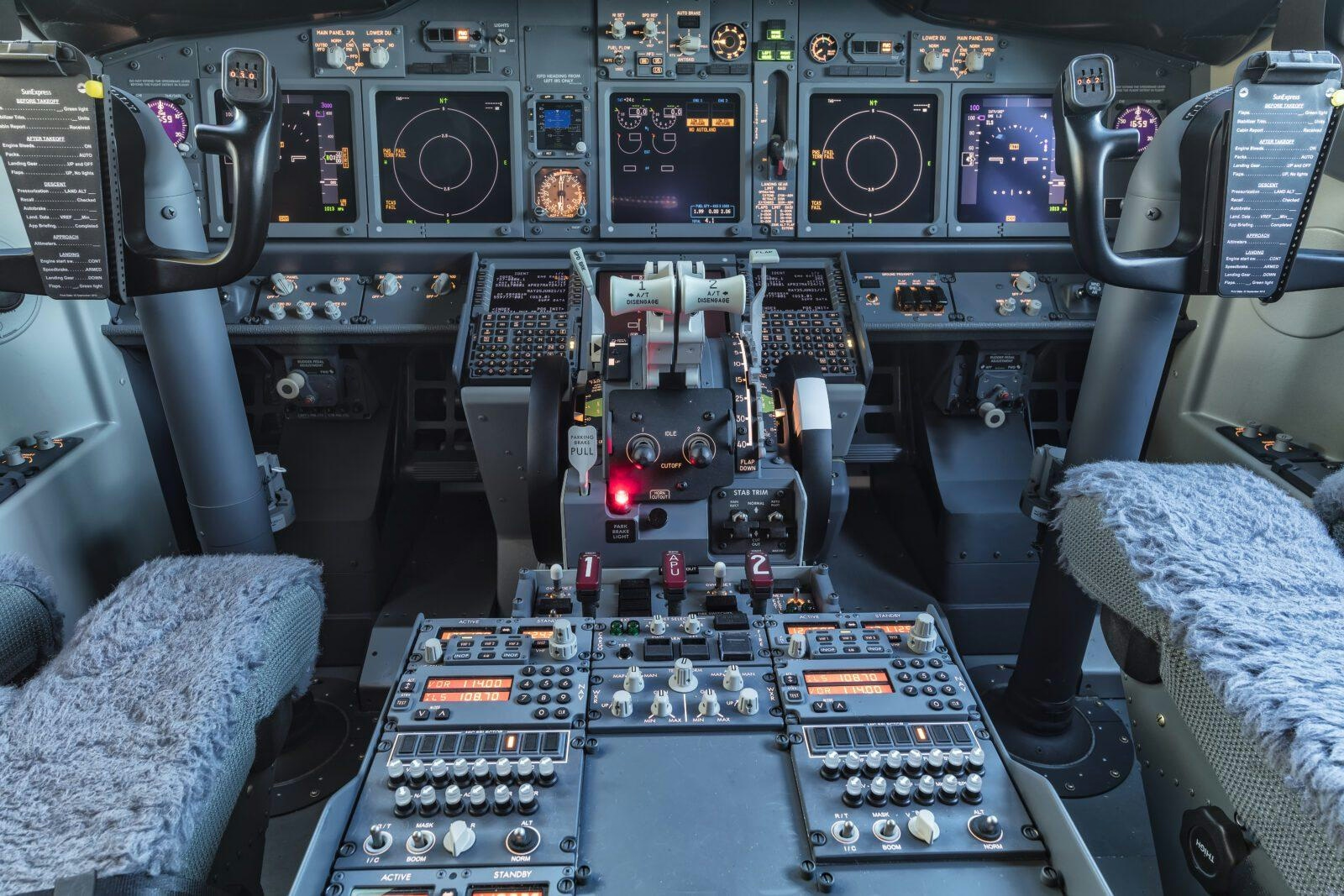
Investigators Examine Theory That Cockpit Sun Visor Caused Boeing 737 Engine Shutdown After Takeoff

Comparing the Fuselage Lengths of the Airbus A350-1000 and Boeing 787-10
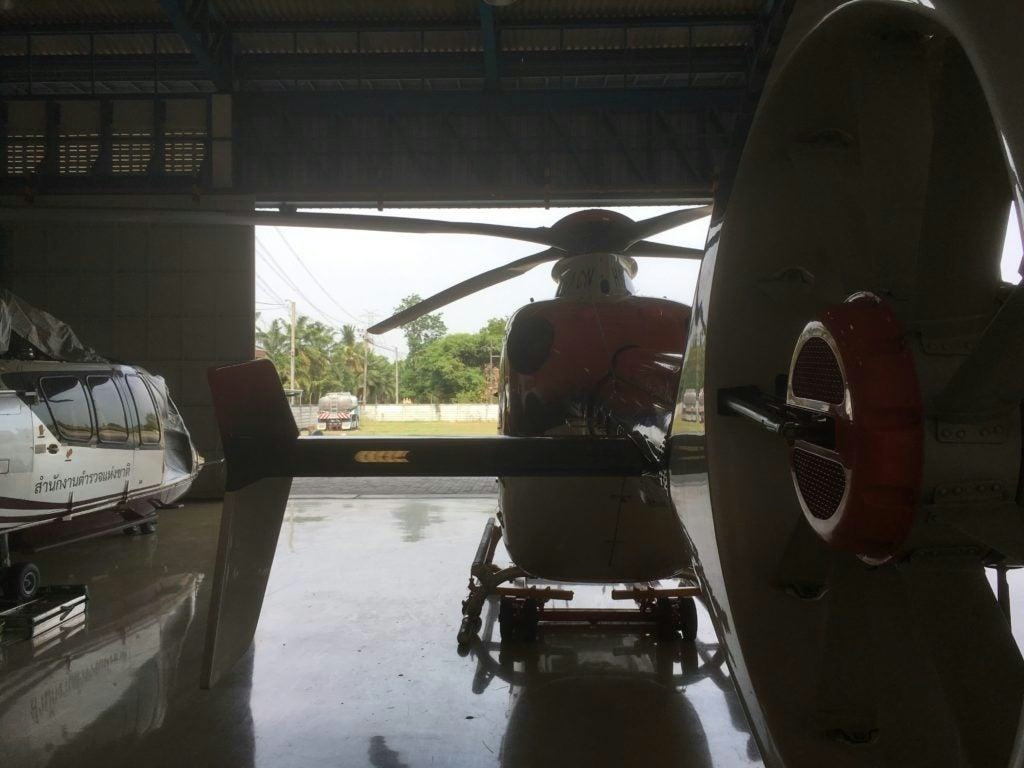
Thailand Establishes U-Tapao Aircraft MRO Center Contract for January 2026
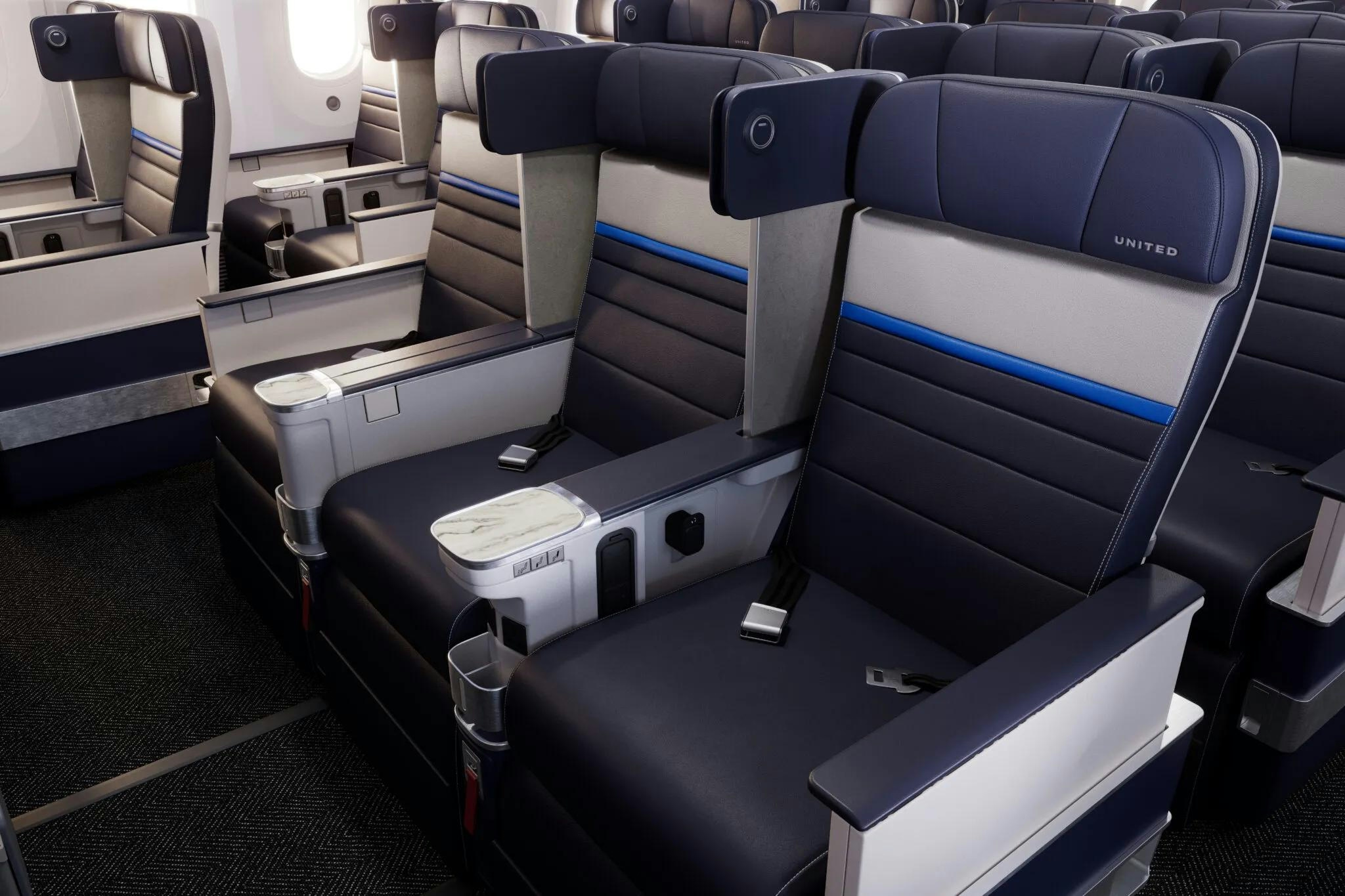
United Airlines Announces Routes for New Premium Boeing 787s
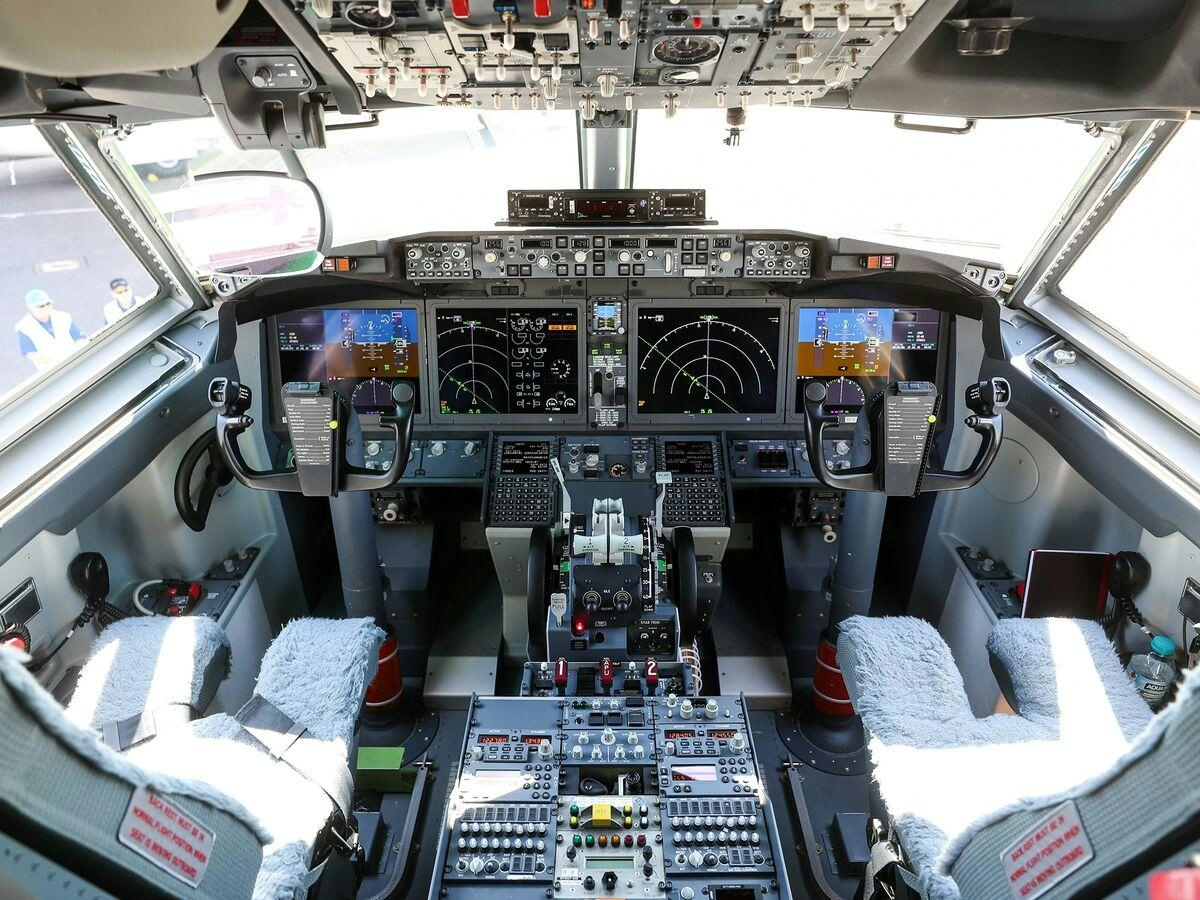
Boeing Introduces Remote Co-Pilot Technology
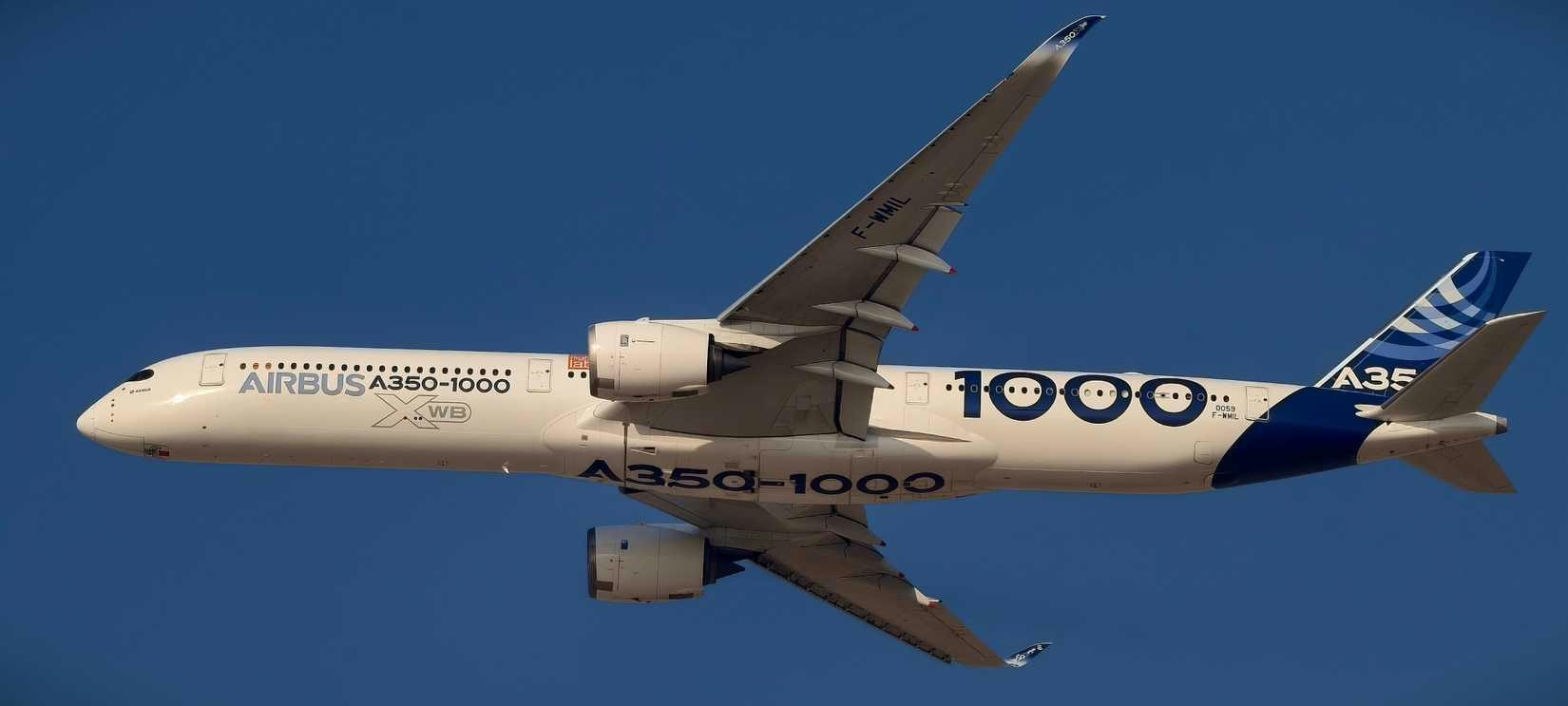
The Airbus A350-1000’s Fuel Efficiency Advantage Explained
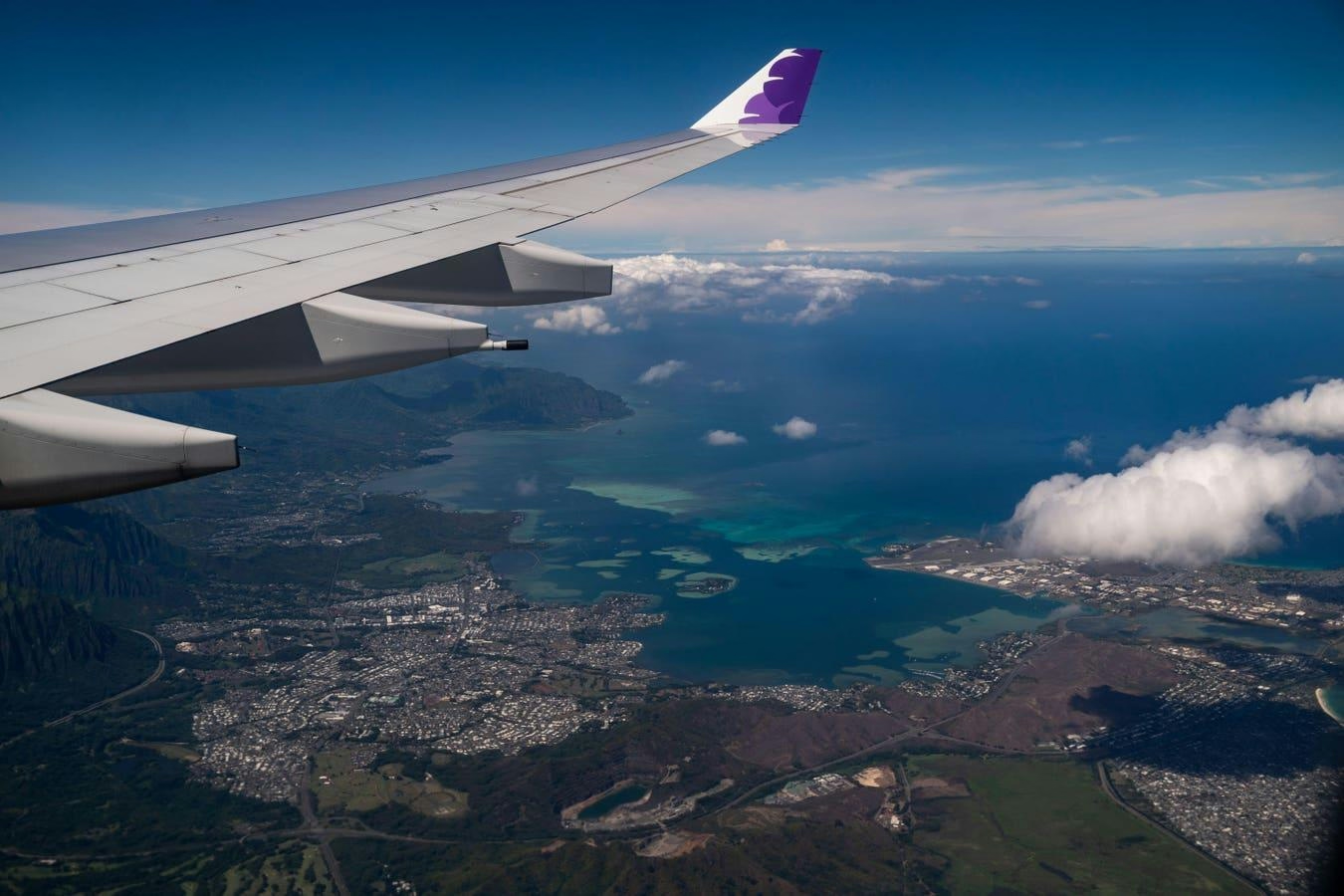
McNally Capital Expands Aviation Operations to Support Global Tourism

Two Young Climbers Begin Winter Ascent of McKinley

Elroy Air’s Autonomous Chaparral Delivers Lunch on A-to-B Flight
